Here’s a report on two days of driving an $80,000 Mercedes EQE SUV rented from Budget in Dayton, Ohio. What does it look like when parked in front of the kind of house that Mercedes owners deserve?
The FBO gave me a lift to the main terminal to pick up the vehicle. “It’s impossible to hire anyone competent,” said the line guy, “so the rental car companies are extremely short-handed these days and can’t drop off cars with us anymore.”
(Dayton is rich in immigrants and getting richer every year so the line guy’s lived experience is not consistent with economic truth regarding open borders being a surefire path to an ample labor supply. City of Dayton: “Between 2014 and 2019, the total population in the City of Dayton decreased by 0.2% while the immigrant population increased by +25.9% during the same time period.” (remember that a falling population of the native-born and a growing population of migrants is not a “replacement”))
There was a Fall of Saigon scene in the terminal. All of the companies except Avis/Budget were out of cars. Those with Avis/Budget reservations were told they’d need to wait several hours beyond their reservation time due to a shortage of vehicles. My electric reservation, however, bumped me towards the front of the queue.
I was admonished to return the vehicle with at least 80 percent charge or face a $75 failure-to-charge penalty. I discovered later that this would have been a challenge due to the fact that the car was set up to stop charging at precisely 80 percent (i.e., you’d have to tow it or push it from the charging station to the airport in order to achieve the 80 percent charge return goal). The vehicle was delivered to me with a 79 percent charge:
The fancy electronics immediately disappointed. There is a navigation system with points of interest, but it couldn’t find the long-established FBO. Fortunately, unlike with a Nazi-tainted Tesla, the entirely Nazi-free Mercedes supports Apple CarPlay.
The driving experience is very different than in a Tesla. There are instruments directly in front of the driver, rather than off to the side on an iPad stapled to the center of the dash. The EQE feels solid and quiet. It doesn’t accelerate any faster than our Honda Odyssey minivan (0-60 in 6+ seconds), but why would anyone in the U.S. (population headed toward 600 million sharing roads designed for a nation of 150 million) need blistering acceleration in a family car?
Charging infrastructure proved to be a challenge. We were in a brand-new hotel with a brand-new parking structure, shared with an office building, and I didn’t see any chargers. The USAF museum has a parking lot that can hold perhaps 600 cars. It has 4 chargers, all of them free (thanks for paying your taxes!), 2 of which were broken. Over a 48-hour period we never went anywhere else that had chargers. Near the end of the rental experience we finally waded deep enough into the menus to find the “eco” setting was preventing a full charge:
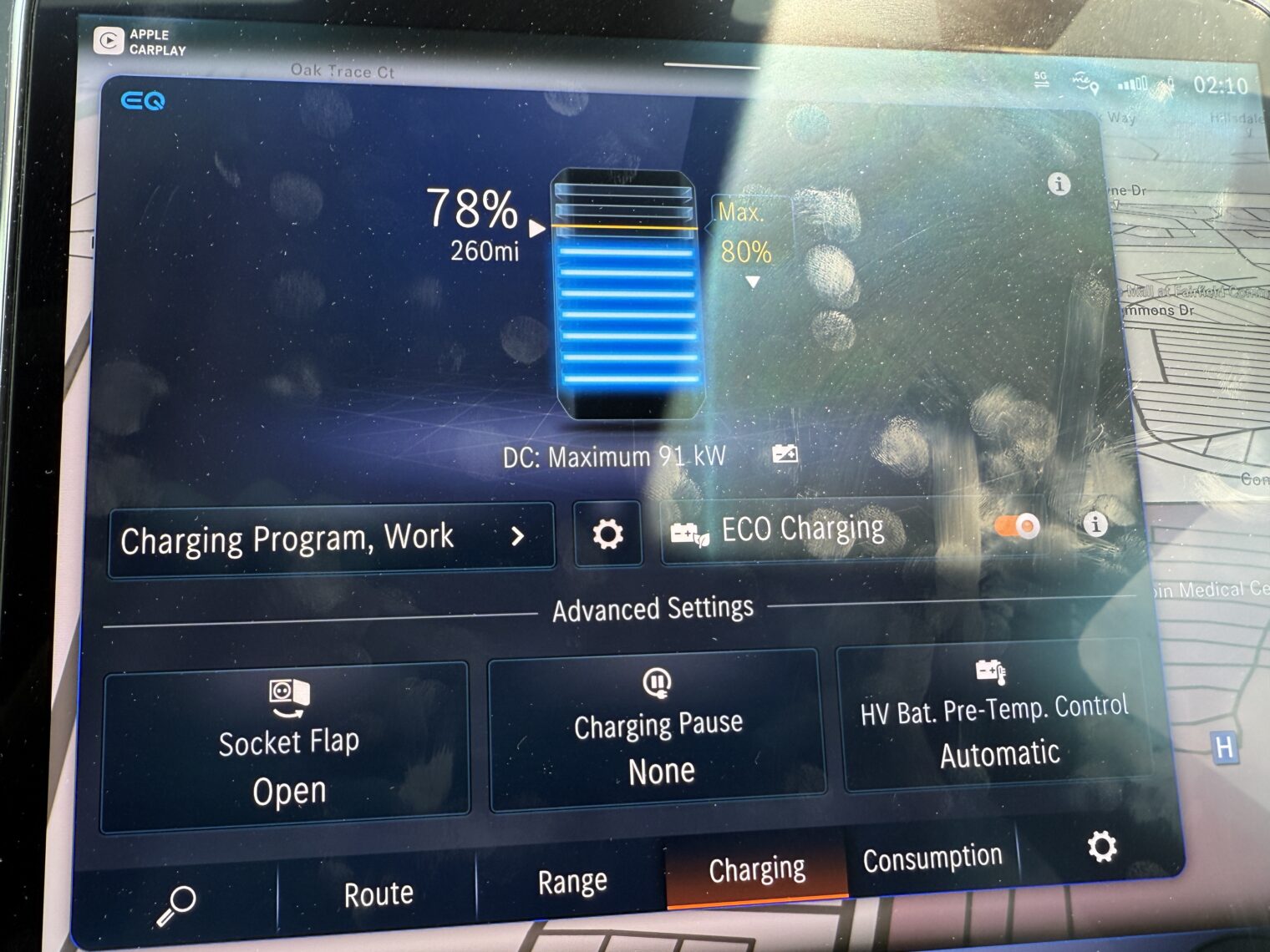
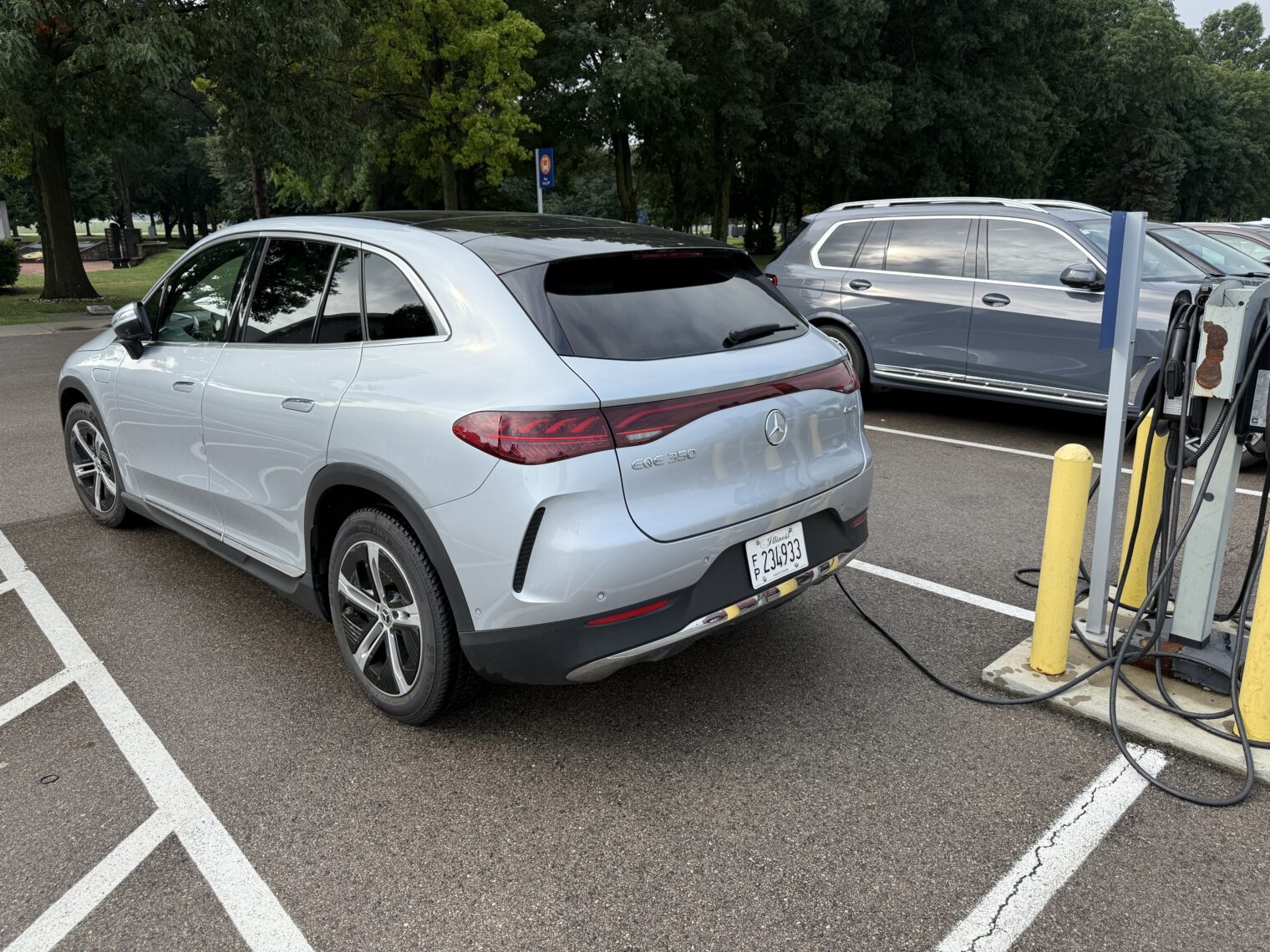
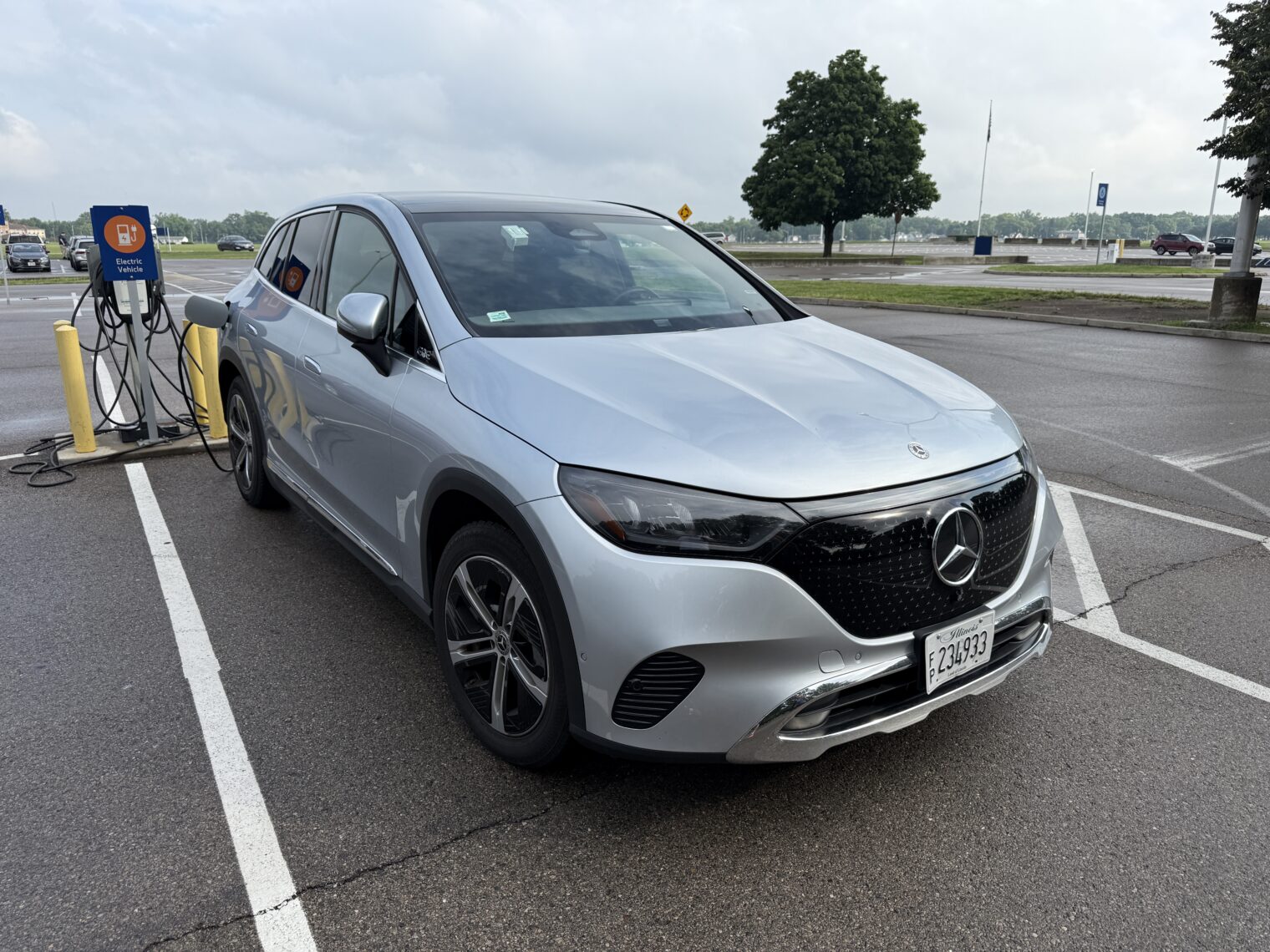
Keeping your $80,000 investment from being destroyed is as simple as following the rules on these two full screens of text:
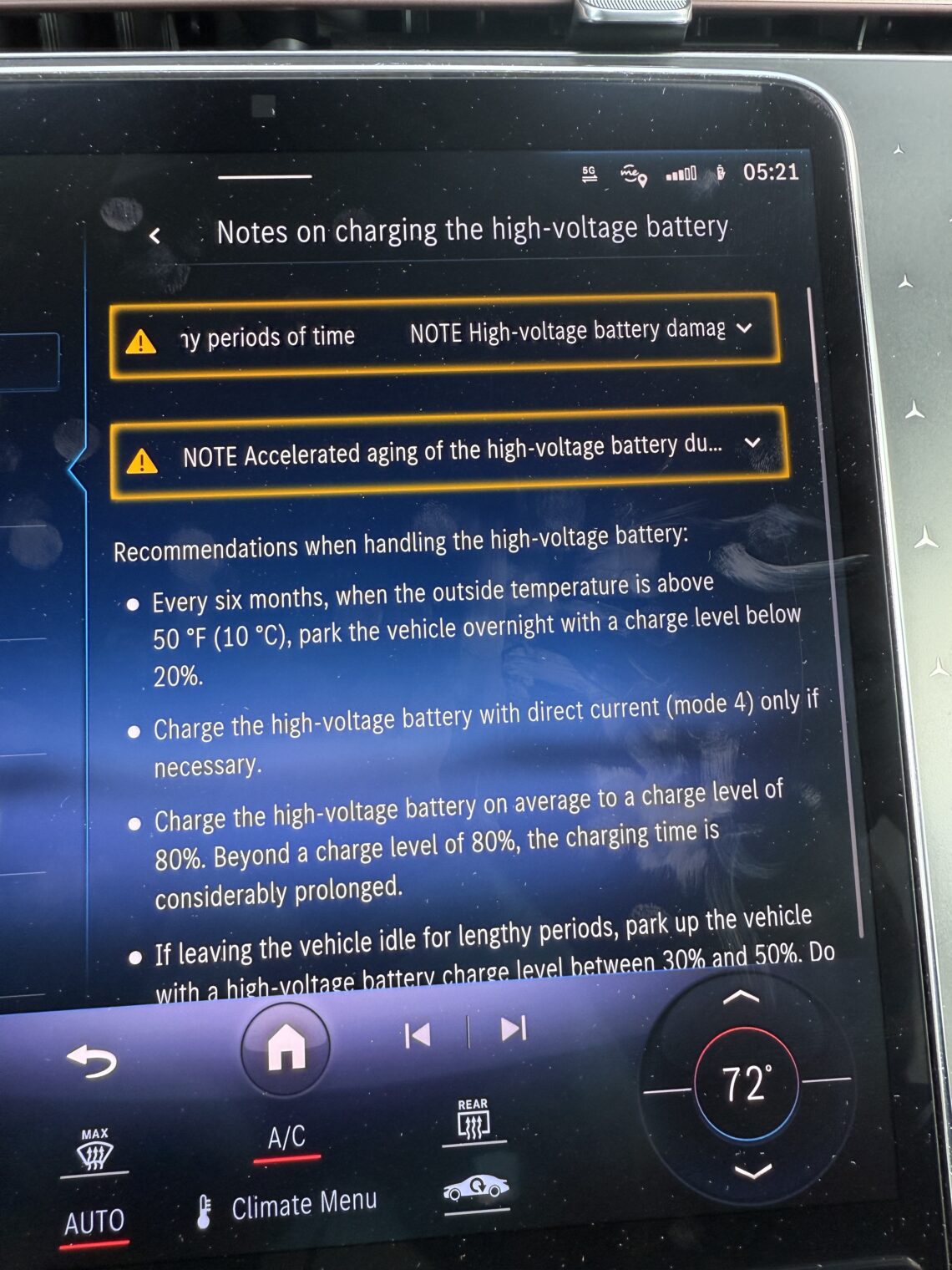
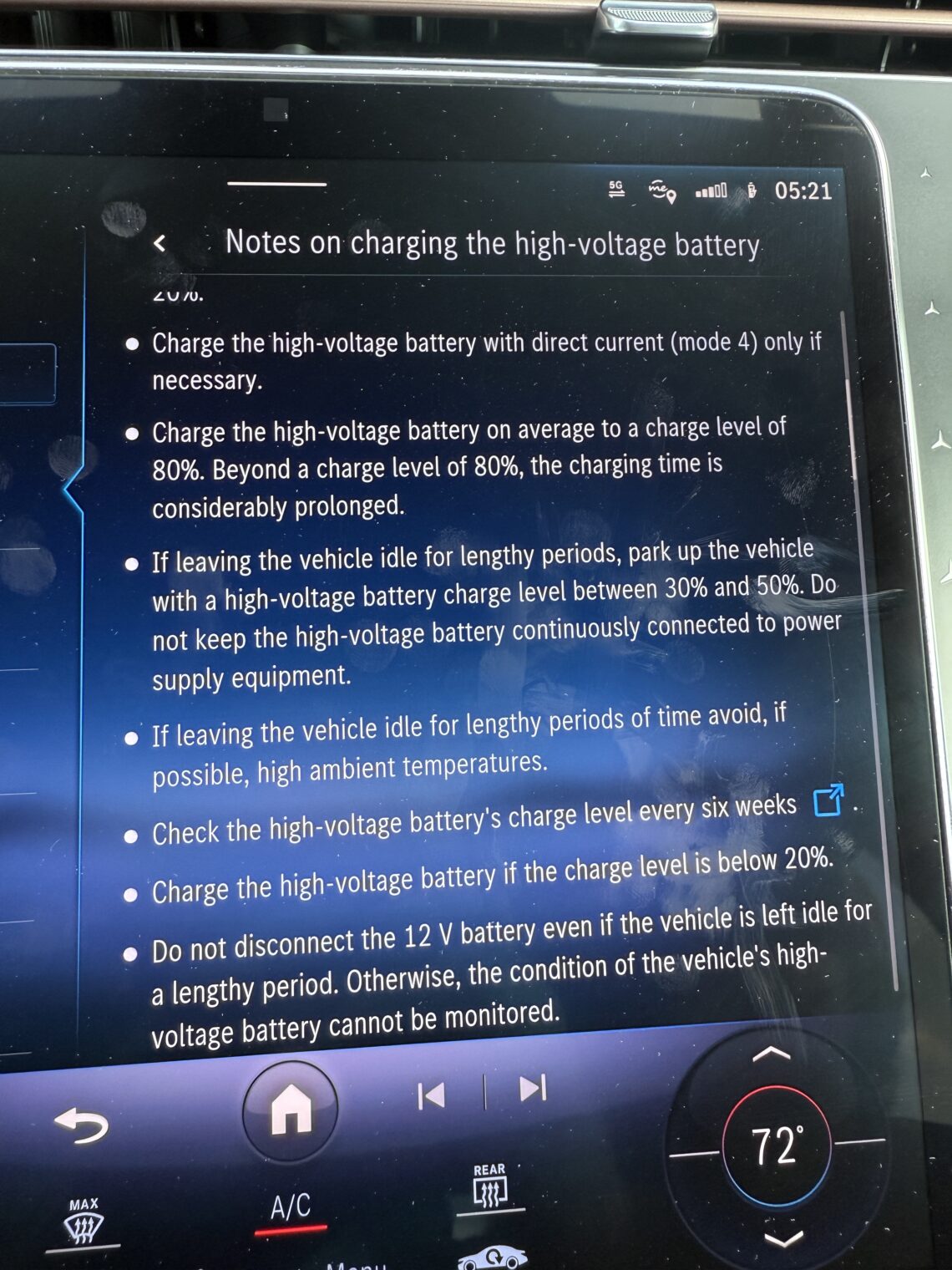
At every startup we were prompted to download a Mercedes USA app and sync it to the car. Here’s what Mercedes USA shows as typical customers:

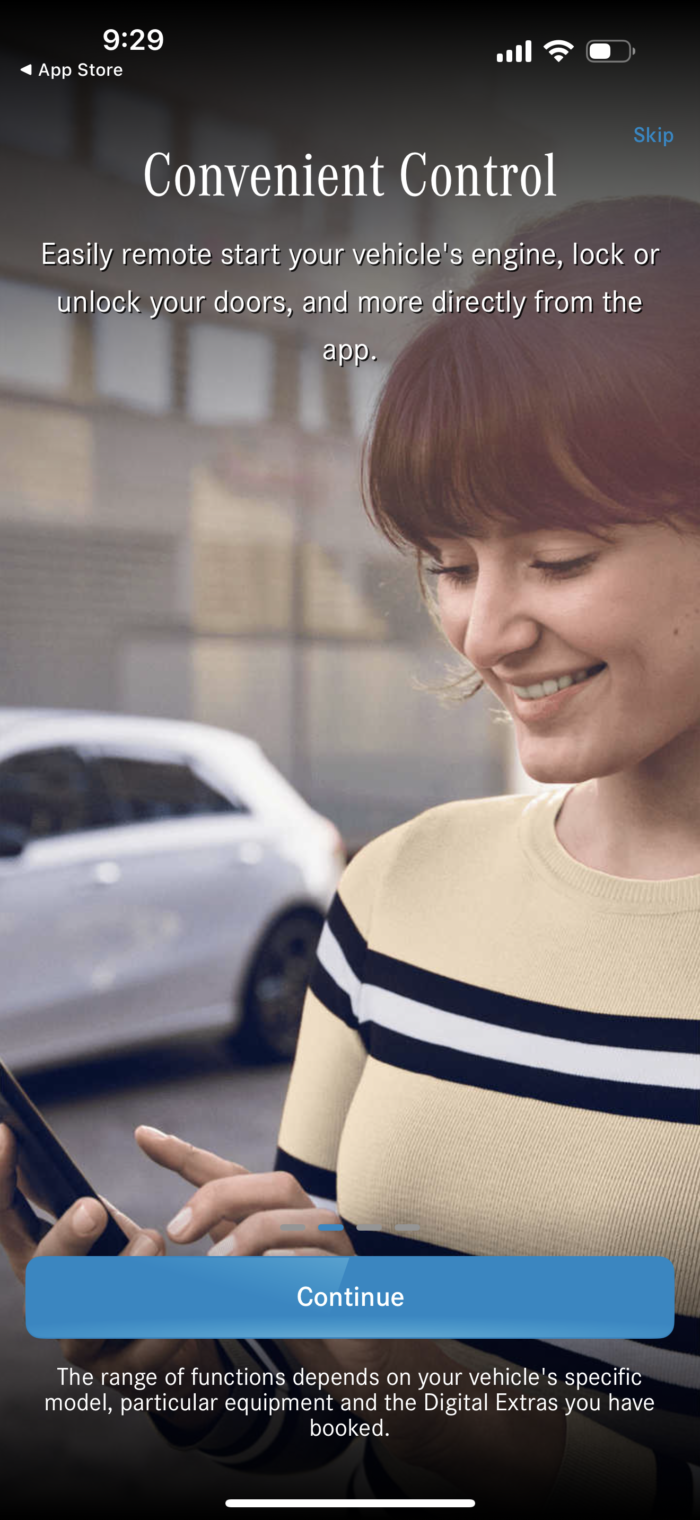

Here’s the EQE, at the forefront of ground transportation, in front of a building in the neighborhood where the Wright Brothers did their work at the forefront of air transportation (before they figured out that patent litigation made more sense than engineering!).
Conclusion: Although it feels like a better car than any Tesla if what you want to do is drive yourself Point A to Point B, I would rather have a Tesla than an EQE. Tesla seems to be getting its FSD act in gear (so to speak) and Tesla offers Dog Mode as well as cabin overheat protection so that Mindy the Crippler and her canine brothers, sisters, and binary-resisters can be kept safe (also good for infants and toddlers who might be sleeping back there, sometimes forgotten). Based on our experience in not finding chargers I wouldn’t want to own any electric car unless I had a charger and home and owned a gas-powered car for actual trips.
(I returned the car at about 70% charge to the FBO. It took Budget a couple of days to pick it up, presumably due to their short-staffing. They didn’t charge me a “failure to charge” penalty, but they did charge for one day more of rental than I actually used (I had reserved three days and used two).)
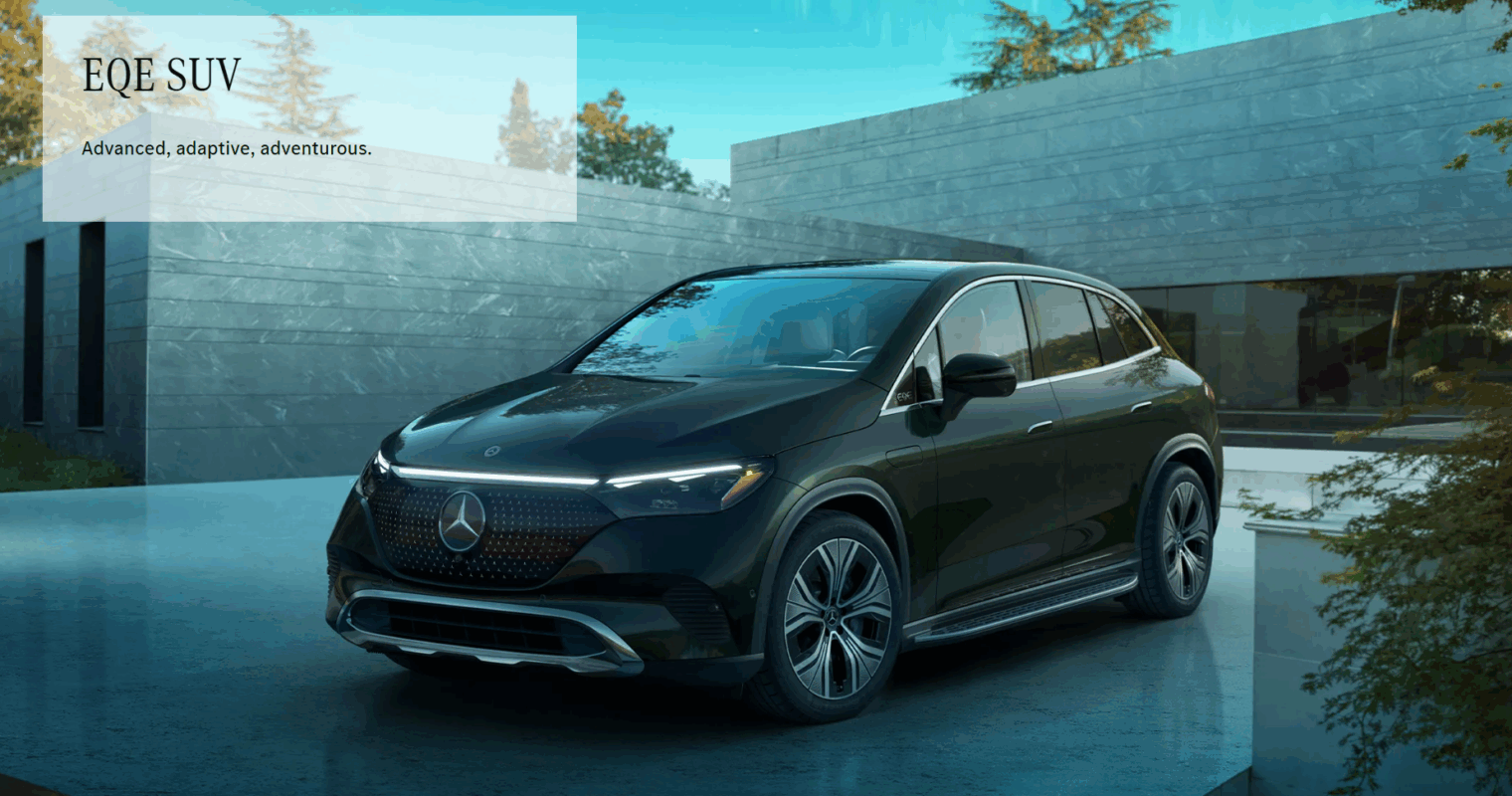

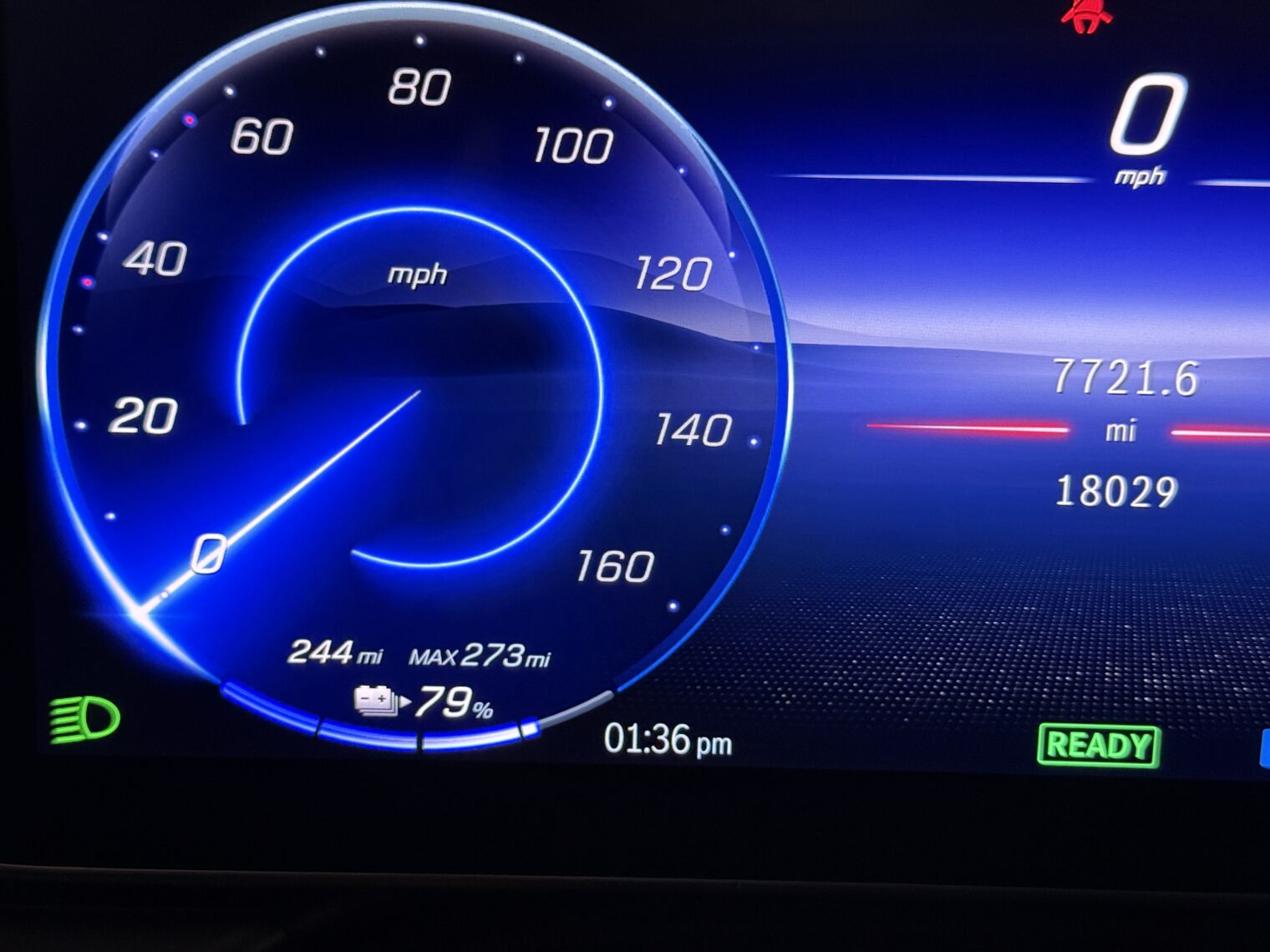

Battery charge estimation is so inexact, it’s hard to believe anyone would bill based on a reading on a dashboard. Maybe it’s more believable for a car connoisseur like Greenspun.
> I wouldn’t want to own any electric car unless I had a charger and home and owned a gas-powered car for actual trips.
Kind of like building an electric grid powered by solar+wind energy, but having to keep gas+coal plants on standby for when there’s no sun or wind? You get some benefits for only 100% more cost.
Luxury, bah.
One of my best memories was “barnstorming” a 172 onto Lawrence Field (LWC) in a fierce crosswind with my friend and his daughter for a blind date with his sister-in-law. The FBO had a free loaner car (’83 Corolla, IIRC) missing 2nd gear, “just leave the key in the ignition when you are done, sonny, ain’t no one gonna steal that POS”. The SIL’s son wasn’t too impressed with my ride or my wind-blown hair, missing the whole point of how cool it was to fly-in for at date with his mom.
I heard some Teslas shipped with cardboard structural components, I guess that’s kind of the same as a missing gear. Thanks for keeping the Internet going, Phil.
Assuming ChatGPT has its facts correct, the first drive-in gas station, specifically designed for fueling vehicles, opened in Pittsburgh, Pennsylvania in 1913. By the 1920s, thanks to the 1921 Federal Highway Act, gas stations began appearing across the country. By the end of that decade, 24-hour gas stations were already in operation.
In effect, within just ten years, gas stations had become widespread.
Now compare that to electric charging stations. The first modern public charger was introduced in California in 2002, and it took eight hours to fully charge a vehicle. A decade later, in 2012, Tesla began rolling out its Supercharger network. Yet here we are in 2025, more than ten years after Tesla’s initiative, and public chargers are still hard to find when you need them most. There is still that fear: “What if I run out of battery before I find a charger?” And even if you do find one, you are often waiting 15 minutes or more to get a decent charge, if you are lucky.
Ultimately, it comes down to two things: the availability of charging stations and the time it takes to charge. If we don’t solve both, EV adoption will continue to face serious roadblocks.
In summary, any road trip in an EV, especially a long one away from home, requires careful planning around charging. It is an added burden that simply doesn’t exist with gasoline vehicles.
> Assuming ChatGPT has its facts correct
Last time I checked, Mr. ChatGPT insisted that frequency and wavelength were unrelated concepts, and EM radiation had no perceptible color, in general. Your assumption is a little too strong. 🙂
> In summary, any road trip in an EV, especially a long one away from home, requires careful planning around charging.
I don’t have a smartphone, so I think any road trip in an EV would be an adventure for me.